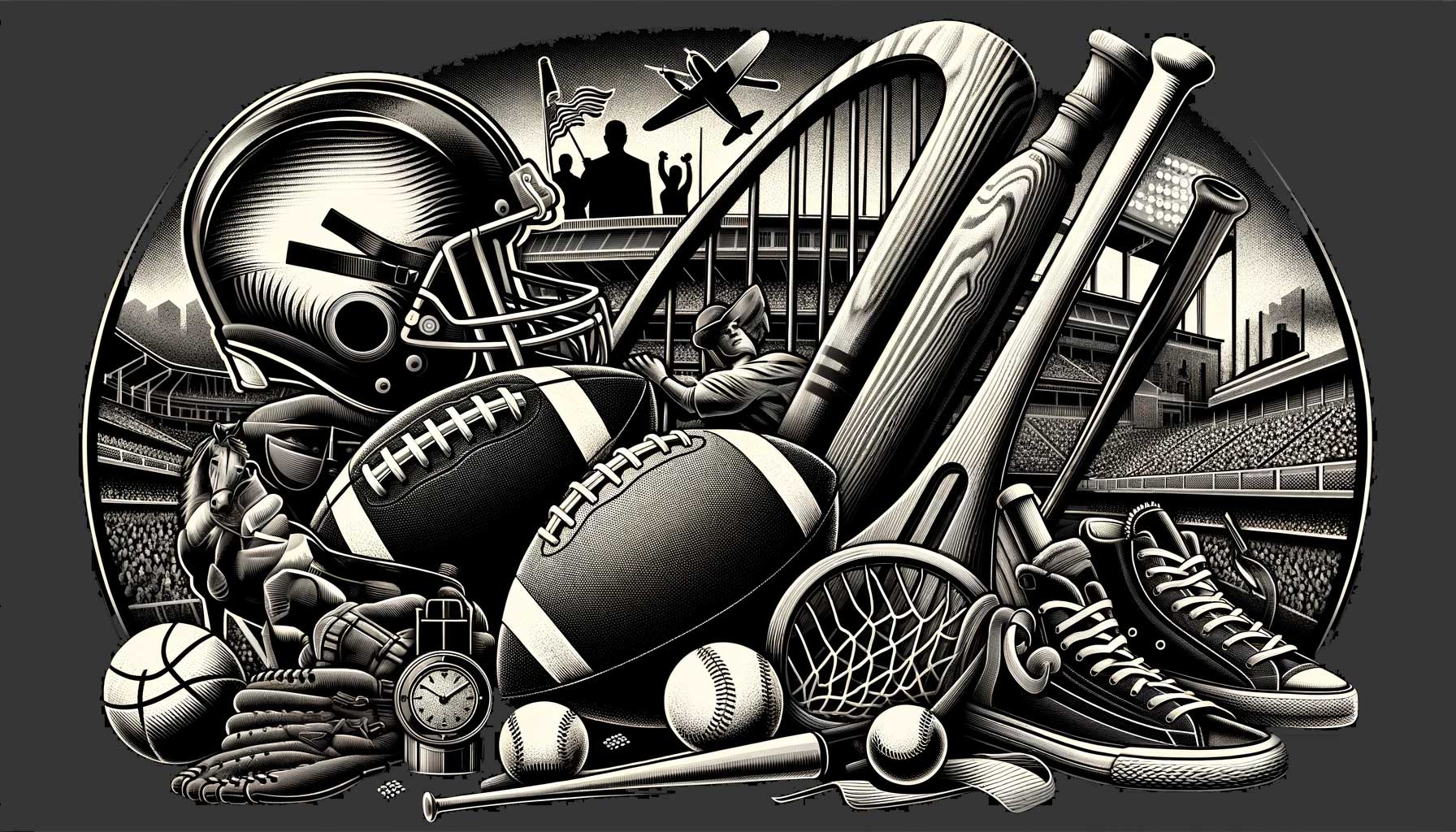Flashback to July 18
Sports History

Seals Stadium in San Francisco, a historic baseball park with significant ties both to the city’s heritage and country’s major league baseball, met a significant event in its history on November 11, 1959. Today, for baseball enthusiasts, local historians, and San Francisco residents, that date marks a heartfelt occasion as it represents the day when this iconic stadium was demolished.
Located in the Mission District of San Francisco, Seals Stadium, named after the city’s minor league baseball team, the San Francisco Seals, was once regarded as one of the finest ballparks. The history of the stadium started in 1931 when it first opened with a capacity of 18,600 seats, eventually expanding its hold to approximately 23,000 fans. It became the first venue in the city to use ‘night-time’ baseball, illuminating the pitch for games after sunset.
From its inception, the ballpark was a gathering place for ardent baseball fans who flocked to witness games played by the Seals and the Mission Reds. However, the real turning point for Seals Stadium arrived in 1958 when it served as the first home for the newly moved San Francisco Giants. The Giants played at Seals Stadium for only two seasons before moving to their permanent home at Candlestick Park, but during that time, Seals Stadium supported the Giants’ transition and helped solidify the team’s foothold in San Francisco.
The notable date, November 11, 1959, marks the event of the demolition of Seals Stadium. Following the Giants’ move to Candlestick Park, the once-thriving stadium failed to justify its need and thus, was slated for demolition. This was more than a mere physical change; it represented the end of an era, the dissolution of a sports monument, and a significant turning point in San Francisco’s history.
Despite the loss, stories and memories of Seals Stadium live on in the hearts and minds of baseball fans and native San Franciscans alike. The stadium’s legacy resonated with well-known baseball figures. Legendary baseball player Joe DiMaggio, a San Francisco native, started his career at Seals Stadium, catapulting him to his iconic status.
Seals Stadium’s demolition may have left a void in the physical landscape of San Francisco, but it also paved the way for a new beginning. The plot on which the stadium once stood is now home to a shopping center that reflects the city’s growth and urban development.
Let’s take a symbolic trip back to the heyday of San Francisco’s Seals Stadium. With every crack of the bat, every cheer from the crowd, every victory won, and every game played under the night lights, the stadium became enshrined in American baseball lore. The stadium’s grandeur might have been short-lived, but its significance in baseball history, and more so in San Francisco’s heritage, has endured the test of time.
While the memory of Seals Stadium’s demolition on November 11, 1959, stirs a sense of nostalgia for a bygone era, it also remains as a testament to the city’s resilience and adaptability. Much like the city itself, the site that once housed the iconic stadium has undergone significant transformation yet holds onto its historical roots.
We strive for accuracy. If you see something that doesn't look right, click here to contact us!
Sponsored Content

Kobe Bryant is charged…
kobe bryant sexual assault…

After 68 straight innings…
Read about the historic…

First legal New Jersey…
On July 18, 1942,…

Saint Louis Cardinals, losing…
In a disappointing turn…

Ron Hunt gets hit…
On July 18, 1970,…

Willie Mays hits number…
On July 18, 1970,…

